|
Great news for Hamilton residents! The Hamilton Naturalists Club and Environment Hamilton, along with many other local conservation groups and city of Hamilton staff have been working throughout 2019 to begin the process for a made-in-Hamilton Biodiversity Action Plan. On February 19, a motion was passed at General Issues Committee to investigate the feasibility of developing such a plan. We are thrilled! Jen Baker (HNC Project Manager) delegated to the Committee on behalf of the team. Key highlighted messages in our presentation are the following: Biological diversity is another name for nature. It is the diversity of all species--bacteria to birds, plants to people and their habitats. Hamilton lies within a Canadian biodiversity hotspot and we should be proud of this. Our range of habitats, including the Niagara Escarpment, Lake Ontario, coastal wetlands like Cootes Paradise, mature forests, that support many species and provide millions in ecosystem services each year. Nature has its own intrinsic value but humans also rely on biodiversity to survive. Nature provides many benefits to us such as managing flooding by storing water, significantly reducing air pollution by sequestering carbon, filtering out harmful air particulates, and cooling which reduces the harmful effects of heatwaves. It also provides beautiful green spaces that provide a refuge and that support the health and well-being of the community. Basically, biodiversity is the foundation for life and the healthier our biodiversity is, the better our quality of life. Any impacts to nature reduce the ecosystem benefits to our community. The costs would be astronomical if we had to pay for all of these services. Nature is often undervalued yet without plants there would be no oxygen and without pollinators there would be few fruit, vegetable or chocolate. The services provided by global ecosystems are estimated to be worth $33 trillion dollars – double the world’s GDP. Hamilton’s urban forest is only at 21% yet it provides $8.2 million worth in ecosystem services annually for FREE etc.. If the urban forest is doing all of this, just think of the value of all those rural wetlands and woodlands!!". Nature provides all of this for free, she just needs to be valued and cared for so that it can be healthy and functioning - which is when we get the best ecosystem services. We have a responsibility to care for this space, not only for our health, but also for the species that depend on it. 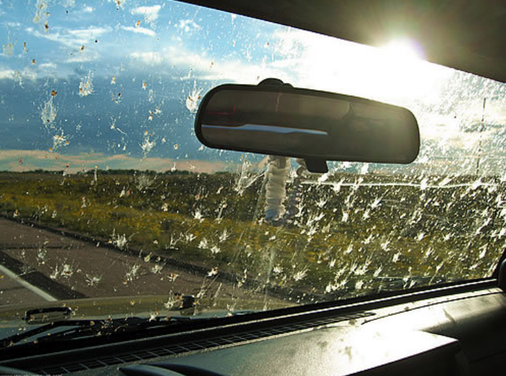 But we are in a global biodiversity crisis. Scientists agree that habitat loss and climate change together are leading to the 6th mass extinction event in Earth’s history. Biodiversity loss is as big a threat to humans as climate change, said UN biodiversity chief Robert Watson Biodiversity loss in Europe alone costs the continent about 3% of its GDP. In Hamilton we have success stories like the eagles and peregrines but we are also suffering from the biodiversity crisis due to habitat loss, invasive species, pollution, climate change, etc. For example, HNC members have been noticing changes in Hamilton’s biodiversity. Here are a couple of stories they have shared with us: "There are also many memories of insect splattered windshields on family trips. This is a rare occurrence now." "The Wood Thrush is another once common forest species that is now endangered and at risk of extinction due to habitat fragmentation." WHY IS BIODIVERSITY LOSS A PROBLEM? Not only because of the 6th mass extinction occurring (as many scientists call it), but too, for the following concerns linked to the climate crisis: locally we are seeing increased invasive species like Emerald Ash Borer upset pollination times as the wildflowers flowering time and insect emergence are not always aligning which can contribute to reduced pollination ultimately leading to more food insecurity. Reduced natural cover across the watershed means there is less ability to capture stormwater and this will increase with more frequent storm events. We’re seeing the impacts of a changing climate and biodiversity loss and this will just get worse, and more expensive to repair, if we don’t take action now. WHAT IS A BIODIVERSITY ACTION PLAN? It is a tool to set out the direction for biodiversity conservation in Hamilton for all of us to both develop and implement collaboratively. It will help to make Hamilton more resilient to the climate crisis. It will look to use the resources already available and align with existing policies and initiatives, to efficiently enhance our natural assets. Fortunately, we don't have to start from scratch. We can lean on several other municipalities, like Toronto, Calgary, Edmonton, Vancouver, Montreal as well as work that’s already happening locally that fit under the “Biodiversity Action” umbrella. Already, the city has many initiatives that utilize nature-based solutions such as bioswales at Churchill Park to address current and future needs. There are also actions that can be taken with low impact workplan or budget, - ex, increasing No Mow areas in parks - supporting the naturalization/planting work of groups like HNC which engage volunteers to manage invasives in and then to plant native species, - downspout disconnect campaign would have a lot of benefits at low cost -policies and actions that already align with the Biodiversity Action Plan becoming a Bee City, the upcoming Urban Forest Strategy, Strategic Plan and the discussions about managing stormwater. We are fortunate that good collaborative work is already happening. For example, HCA protecting land in Upper Stoney Creek to address current flooding issues and to help with future issues arising from the climate crisis. HNC and Environment Hamilton's Pollinator Paradise Project to increase native species habitat across the city in support of pollinator populations. We cannot solve the threats of human-induced climate change and loss of biodiversity in isolation. We either solve both or we solve neither. We suggest a Biodiversity Action Plan is the way to move forward to align all of the work that’s happening in the city, conservation community and broader community, and to look at bigger initiatives that we want to work towards collectively.
2 Comments
8/3/2022 05:25:26 am
hanks for sharing the article, and more importantly, your personal experience mindfully using our emotions as data about our inner state and knowing when it’s better to de-escalate by taking a time out are great tools. Appreciate you reading and sharing your story since I can certainly relate and I think others can to
Reply
4/22/2023 06:58:57 am
Proper tree care is an investment that leads to substantial returns in the future. Poorly maintained trees may result in significant loss and liability.
Reply
Leave a Reply. |
Archives
December 2023
Categories |
|
|
Butterflyway Hamilton: www.facebook.com/butterflywayhamilton/
Environment Hamilton: https://www.environmenthamilton.org/ Hamilton Naturalists' Club: https://hamiltonnature.org/ |

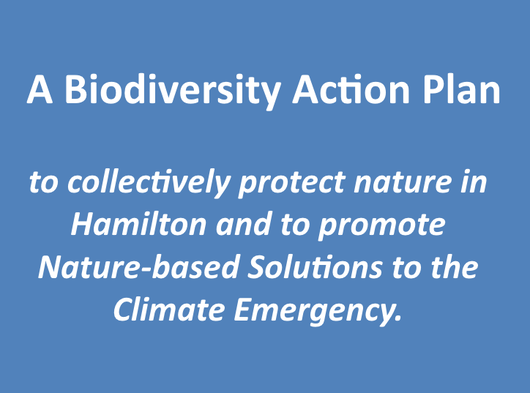
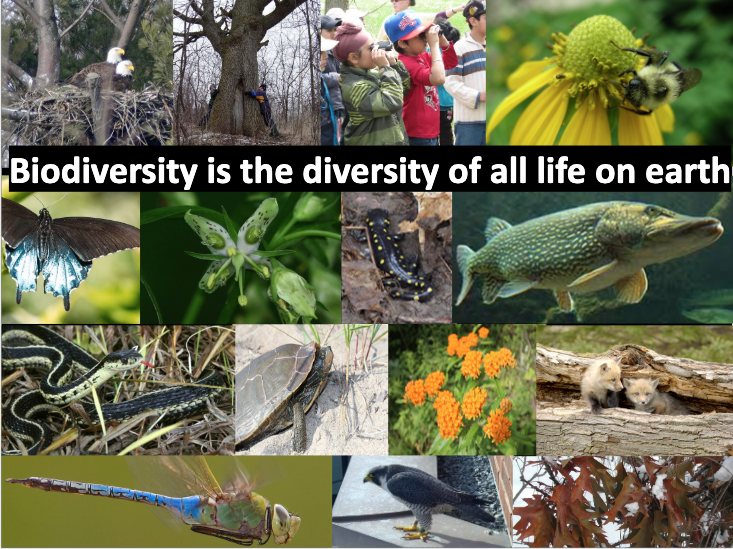
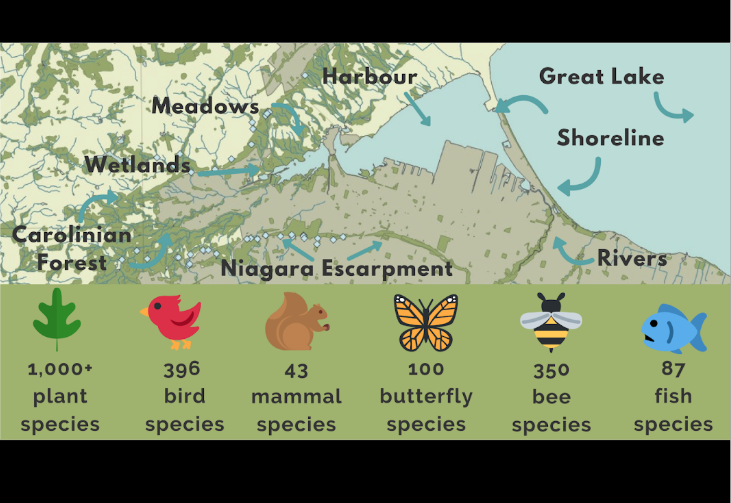
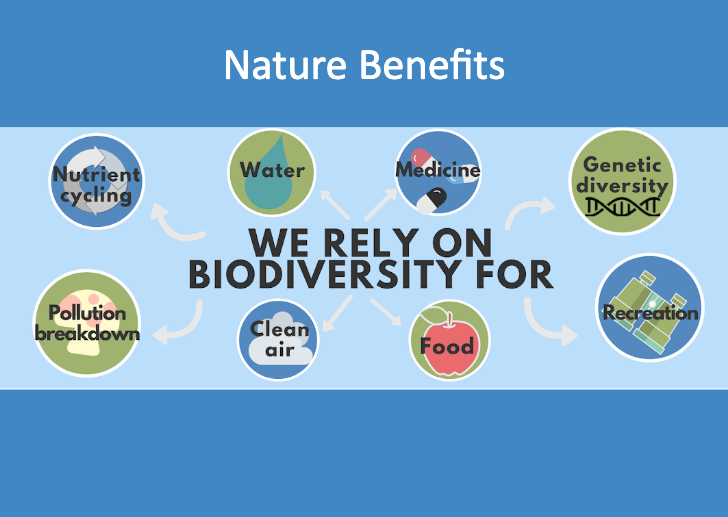
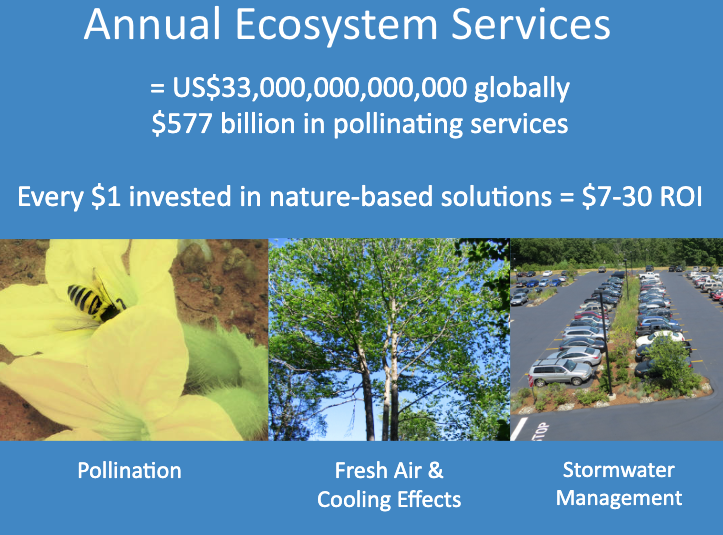
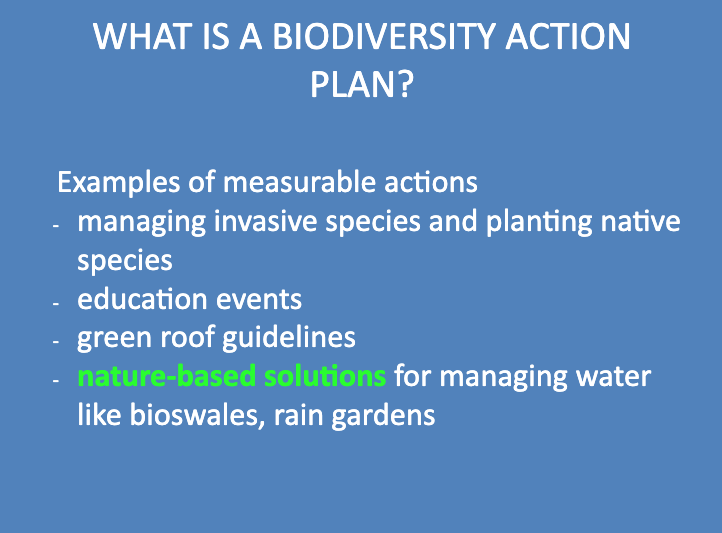
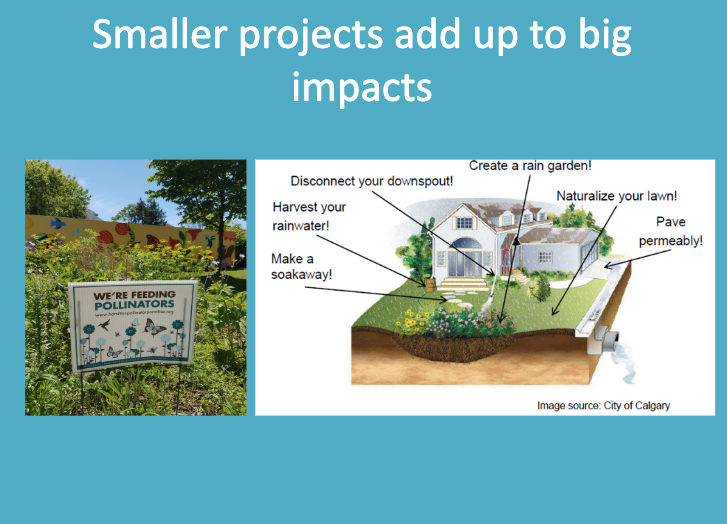
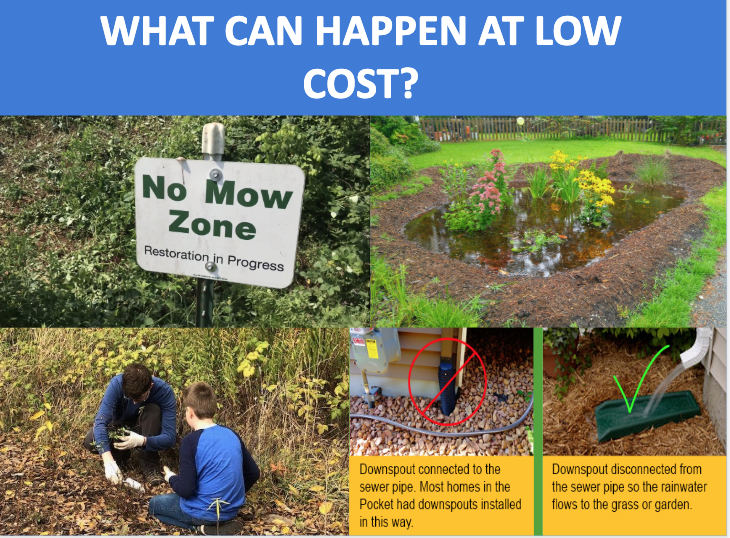
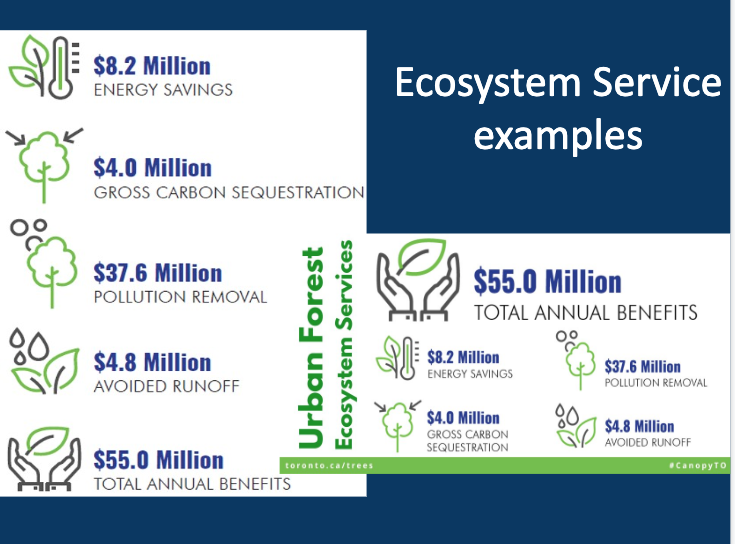
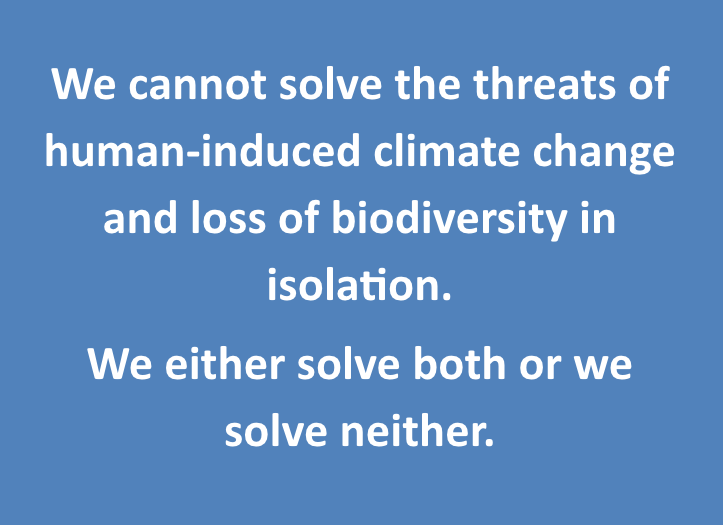
 RSS Feed
RSS Feed